From the traditional style of oil painting to digital photography, it has been a long journey for Prashant Naik, but there’s still a long way to go. For more than two decades, he has crossed the globe, documenting exotic locations and wonders of the natural world – from the Western Ghats in India, to the deserts and mountains of the United States of America. His work has appeared in magazines and publications around the world.
He has a keen interest in astro and landscape photography, and over the years his work has gained international recognition in the field. His creations have been prize-winners in global photography contests – such as the Gold Award at the Moscow International Foto Awards in 2018, the Best Cinematography Award at the New York Cinematography Awards in 2020, and 2nd prize in International Photography Awards 2022 – all of which have been exhibited far and wide, capturing hearts and minds along the way. More than that, he is an eternal student of his craft.
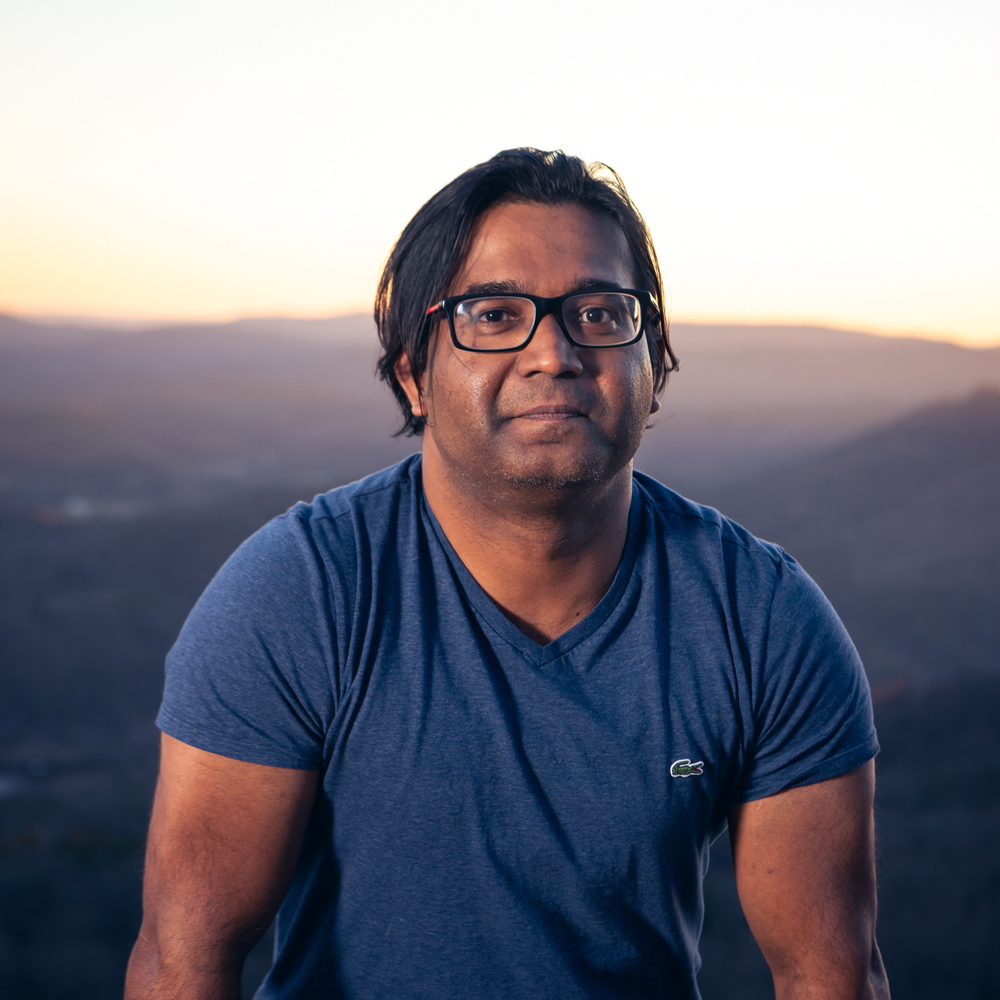
What triggered your very first interest in photography?
Ingenuity! My appreciation for art and crafts started at a young age. Oil painting and sketching used to be my favourite pastimes, tools for expressing my thoughts on canvas. This slowly transformed into photography when I first started to explore creative avenues using 35mm film cameras. Capturing intricate moments frozen in time and developing the negatives in a darkroom made me realise photography’s potential for expressing emotions and telling stories.
This passion soon advanced to digital photography, which further piqued my artistic interest. It gave me a sense of purpose to capture the things unseen and tell the stories unheard. Capturing and expressing emotions through sketching and painting remains a priority for me; despite the demands of time, I still continue honing this craft whenever possible. However, photography will forever remain my heart’s core passion.
At what point did you realise that this was more than just a passing interest or simple hobby, but would become a major part of your life?
Dubai, 2012. By this time, I had travelled around photographing 15 different countries, from the corners of the Western Ghats in India to the wild wadis of the United Arab Emirates, capturing exotic locations and wild wonders in an effort to understand our relationship with the natural world. In 2012, I got my first gig to shoot the world’s richest horse race at Meydan Racecourse. Race after race, I stood by the main tracks, panning my camera along the running horses. Witnessing the graceful ebb and flow of their movements, with jockeys poised atop their saddles absorbing the pulsating energy from the horses’ stride, was truly mesmerising.
As they approached my lens, there is this precise moment where they float above ground, defying gravity. When I looked at my frames, I realised the profound power inherent in those images. I was hooked for the rest of my life in pursuit of powerful moments like these.
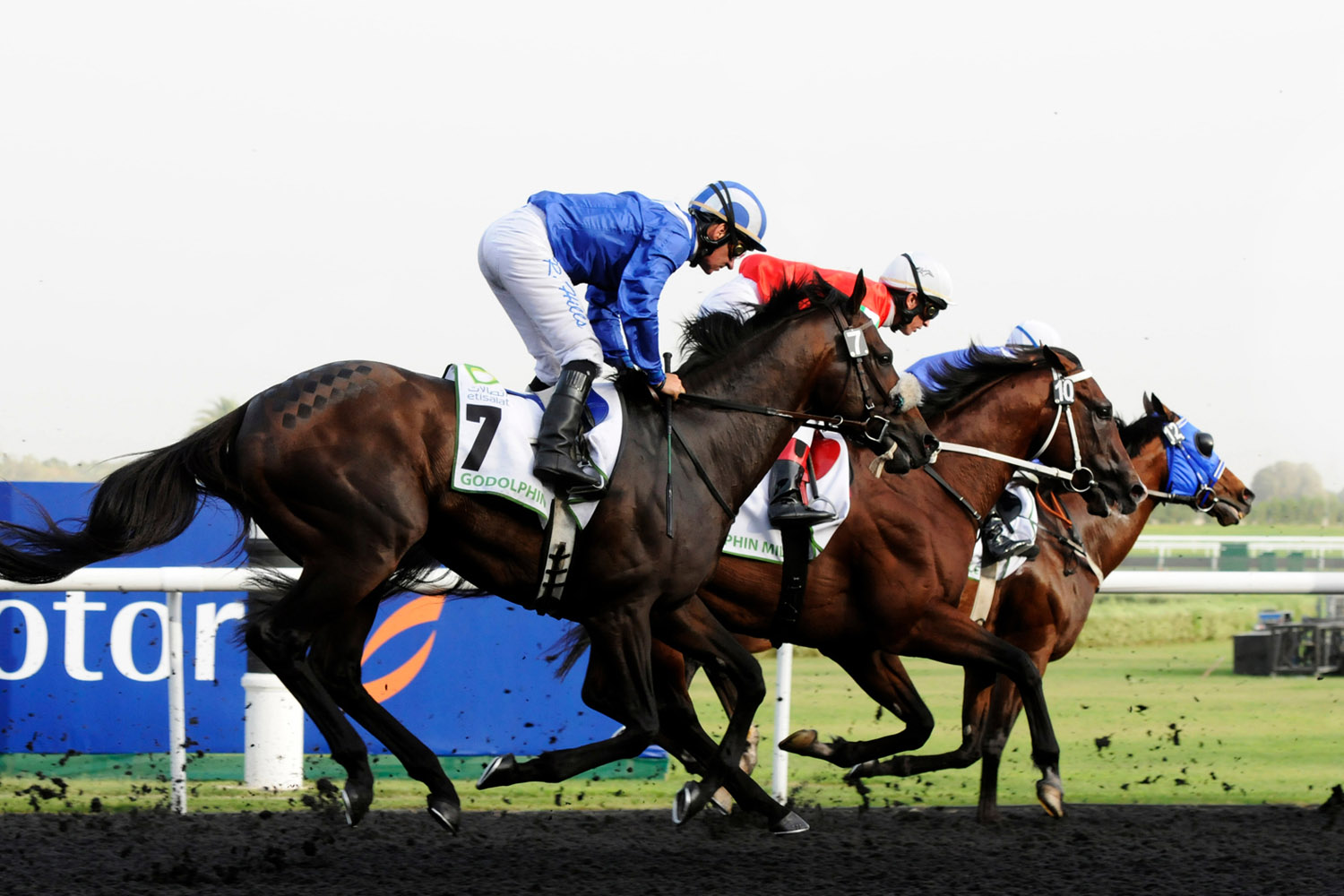
What is it about photography as a medium that most appeals to you? Is it the process, is it the final results? Or something else?
For me, it’s the moments in between having your eyes on the viewfinder and the closing of the shutter. Those precious moments will tell you all you need to know about your subject, your composition, and, most importantly, the moment itself. There are times when I just forget about the camera or put it on a time-lapse and enjoy the spectacle of mother nature. One of the distinct pleasures of nature photography lies in being present to capture those extraordinary moments that only few have witnessed. Having the privilege to immortalise those moments through the lens is indescribable.
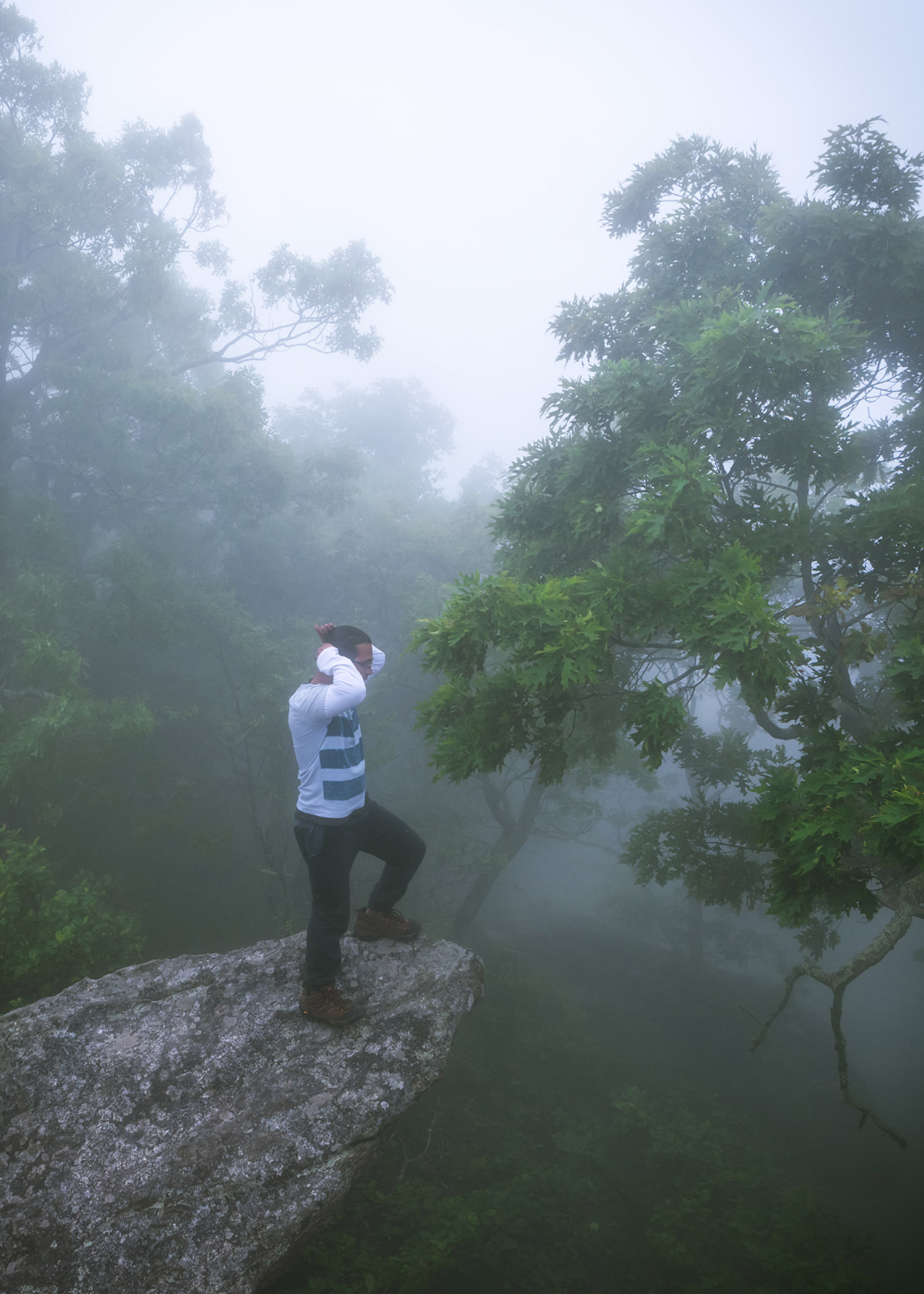
When I am photographing a landscape, I am analysing every aspect of the scene, from highlights to shadows to all the other elements I can include in my composition. I am fixated with looking through the viewfinder with eyes half-closed, finding that moment and being there to enjoy it.
Your work spans a variety of photographic styles and categories, but you seem to have a special focus (excuse the pun!) on landscape photography and astrophotography. What is it about those two fields that inspires you?
I love nature and landscapes – both terrestrial and celestial. Among the most impressive experiences I’ve been fortunate enough to bear witness to is the profound stillness of a moonless night beneath a canopy of the stars and the transition into something glorious the next morning. I’ve had this experience many times, but a specific occurrence at Death Valley National Park in 2018 made a lasting impression on me.
I found myself in the middle of a strange landscape guided by starlight. I could only imagine the shapes and sizes of the vague silhouettes around me through the blaze of shadows. Deep troughs and high crests of rock formation. The Milky Way galaxy arched over the preternatural landscape, and I ran my time-lapse until the next morning when the sun arrived in all its glory, bringing a reddish glow to the Furnace Creek Formation. Nature’s magnificence and the mysteries of the universe are what drive my passion for landscape photography and astrophotography.
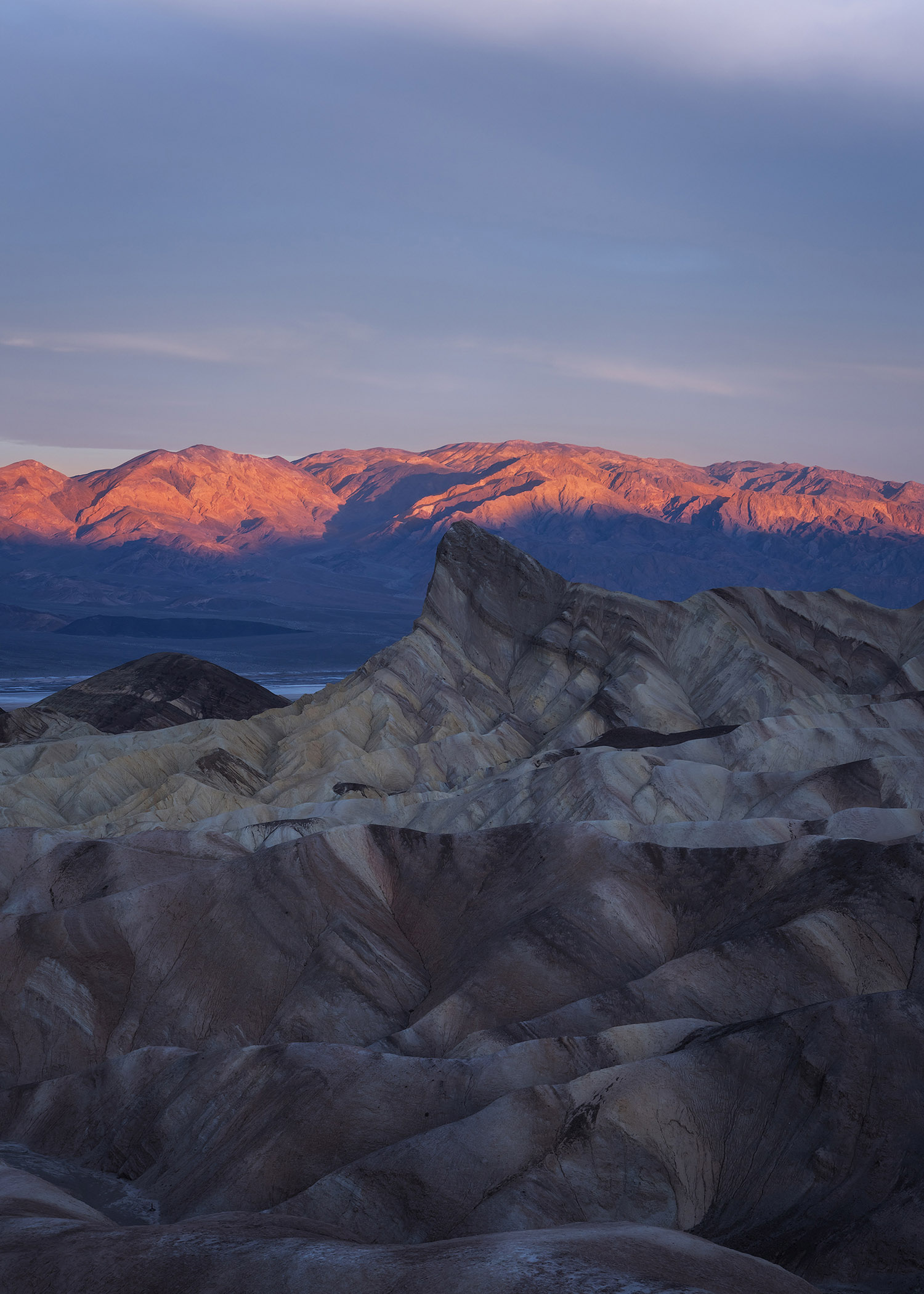
There are times when I just forget about the camera or put it on a time-lapse and enjoy the spectacle of mother nature.
Shooting outdoors in remote locations must be very different from the controlled environment of a studio. How do you prepare for your photographic trips?
Working outdoors in remote locations indeed presents unique challenges compared to the controlled environment of a studio. I adopt a systematic approach in preparing for my photography trips and it varies for landscape, night sky and time-lapse projects:
1. Research and Planning: I conduct extensive research on the location – geography, weather conditions, animal habitats and unique features. This helps me understand the photographic opportunities and challenges.
2. Pre-visualisation: I visualise the kind of creative portrayal I want to capture. This helps me conceptualise compositions, potential subjects, lighting conditions and desired moods. I go through various images in different forums to get a feeling for the place.
3. Equipment selection: I carefully select the appropriate gear and lenses for different projects; for example, I travel light for landscape photography trips, but carry a lot of heavy equipment for astrophotography projects.
4. Safety precautions: Shooting in remote locations often involves traversing unfamiliar terrain or coping with unpredictable weather. I familiarise myself with local regulations and potential risks such as road closures and local weather warnings. I apply for any necessary permits for backcountry hiking or camping far in advance.
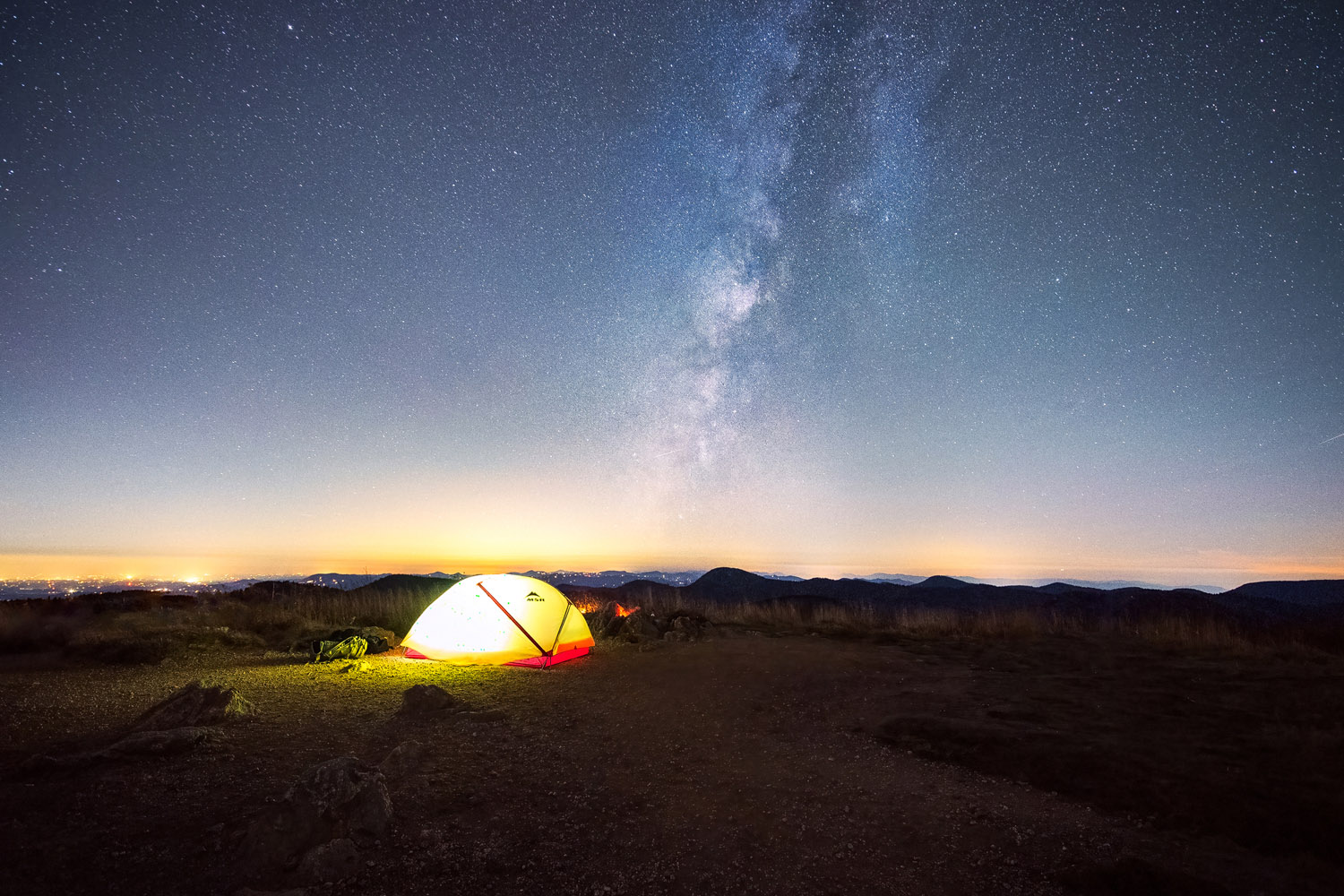
What equipment do you like to take with you on your trips and what is your process to set up for the perfect shot?
I shoot with a Nikon D810. A Nikkor 14-24 is my go-to lens for landscape photography as well as astrophotography. I also carry a Sony A7III for backup, a SkyTracker and a 70-200mm telephoto zoom lens. A carbon fibre tripod hangs from my backpack or sits on my shoulder at all times. Regardless of the equipment, I think it is important to fully immerse yourself in a location, study its features, and simply appreciate the surrounding environment by being there. This helps establish a connection with nature. I hike in and around, looking for different angles and perspectives, before setting up the camera. The act of framing visual elements by hand often yields simplistic yet powerful compositions. Once your eyes are acclimated to the vibrant hues of the landscape or to the brilliance of the stars – that’s when you seize the opportunity to capture the image.
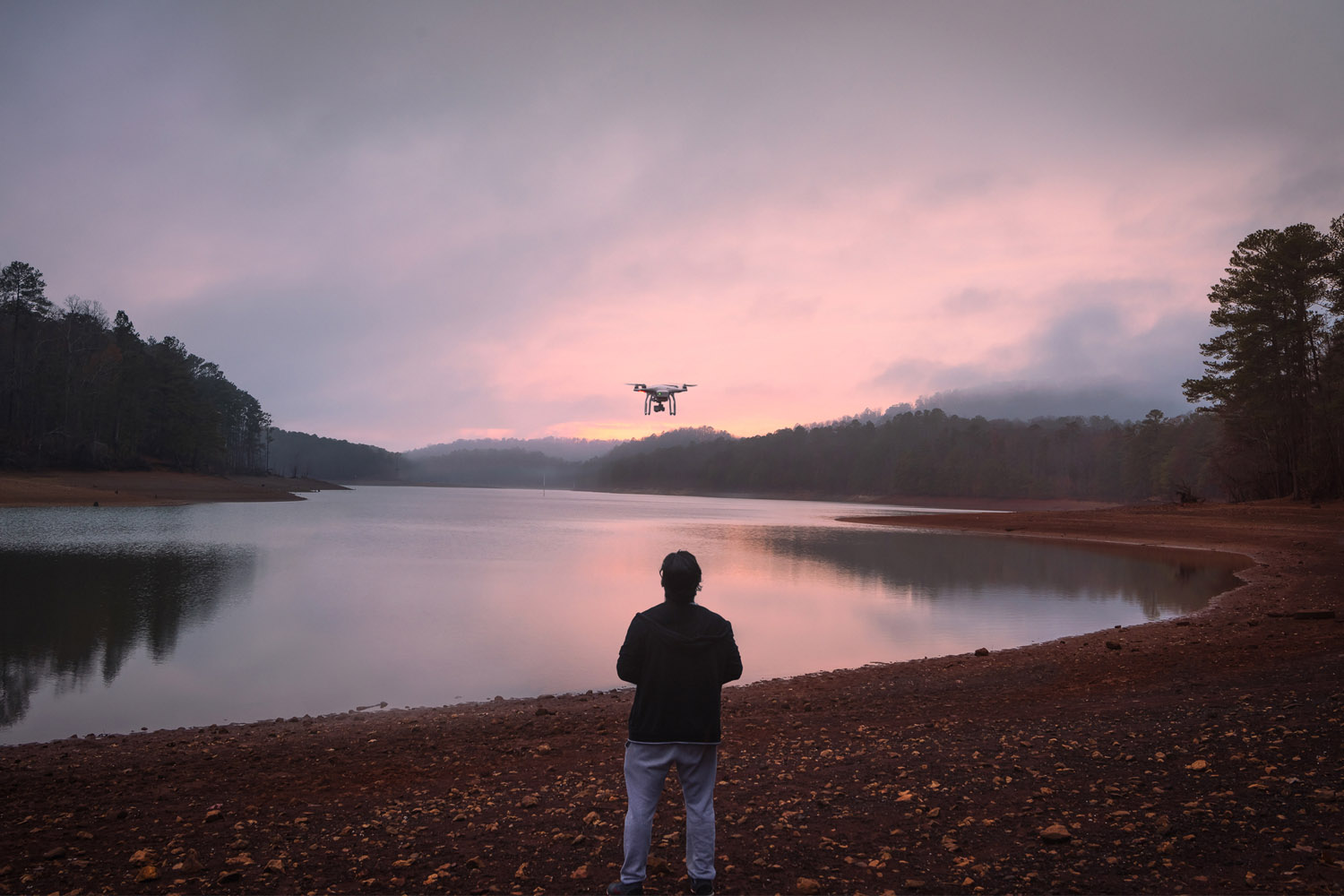
Could you pick three or four of your favourite outdoor shots and explain how you managed to get those shots?
My favourite photograph is the one I am going to capture tomorrow. However, there are a few images that hold a special place in my heart.
The night I spent photographing the night sky at Monument Valley in Utah was unforgettable. Despite the biting cold and harsh winter conditions of Navajo Tribal Park, I found myself at peace surrounded by darkness, the night sky illuminated by countless dazzling stars. I had set up my camera for a time-lapse to capture the Leonid meteor shower. I combined around 500 images to create this image. [See below.]
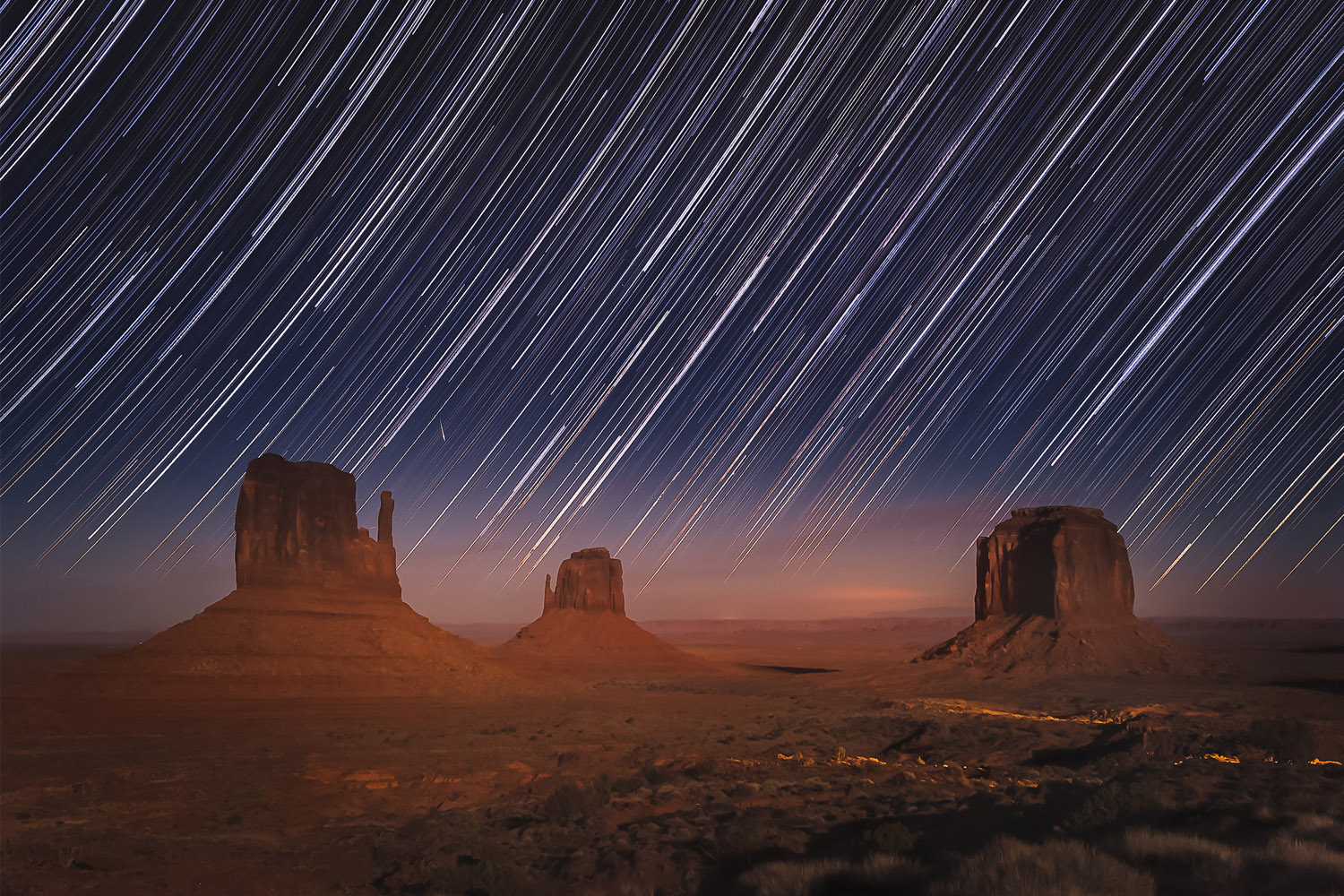
Pfeiffer Beach in Big Sur California proved to be both a challenging and incredibly dramatic location to photograph. The ever-changing fog engulfed the beach, only for the sun to momentarily pierce through, transforming the place into a mesmerising spectacle. The astronomical twilight when the sun is 18° below the horizon is the best lighting condition for landscape photography. And it was this moment in between the clearing fog that I managed to capture this image. [See below.]
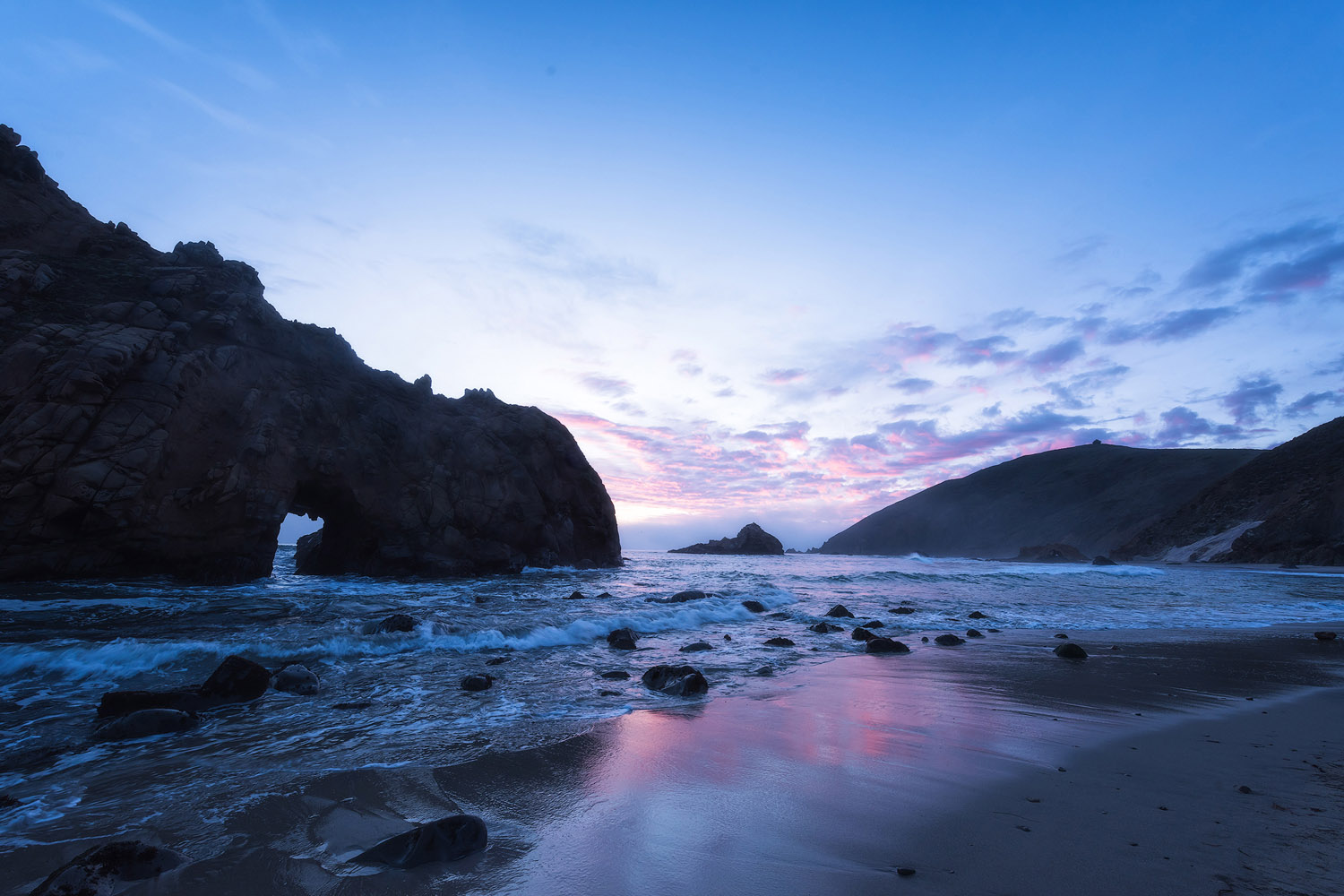
Grotto Falls, a magnificent 25-foot-high waterfall located in the Great Smoky Mountains National Park, is yet another favourite shot of mine. The hike, while only moderately difficult, added to the thrill of capturing the perfect moment. Arriving early before the sun was high allowed me to capture the soft glow for this long-exposure shot. [See below.]
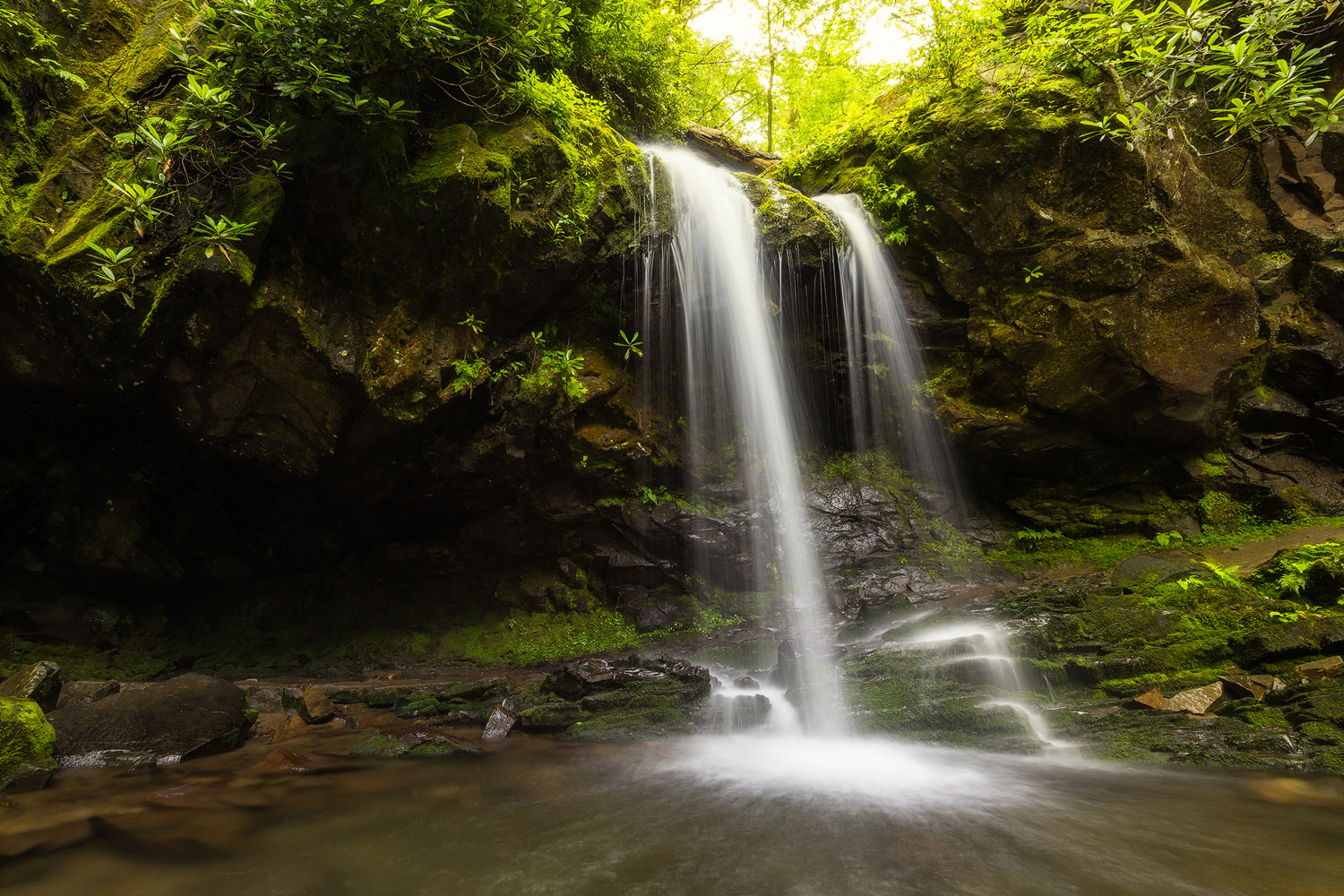
What advice would you give someone inspired by your example, who also wanted to plan a trip out to these kinds of beautiful, but challenging locations?
Prioritise safety at all times. Familiarise yourself with the location, learn potential risks, and educate yourself on the wildlife and extreme weather before venturing out. Pack essential safety gear including first aid supplies and navigation tools.
Respect the environment. Be responsible and practice Leave No Trace principles while in the wilderness. If you are shooting astrophotography, use a headlamp with astro-friendly features. Do not use outdoor lighting or low-level lighting to illuminate the landscape where it is not permitted. Avoid bringing lights or light painting near turtle nesting areas at beaches because it will cause hatchlings to become disoriented. Respect wildlife by observing from a safe distance.
Capture the essence of the place. Take time to immerse yourself in the location, connect with nature, and observe visual elements to include in your composition.
Embrace the journey!
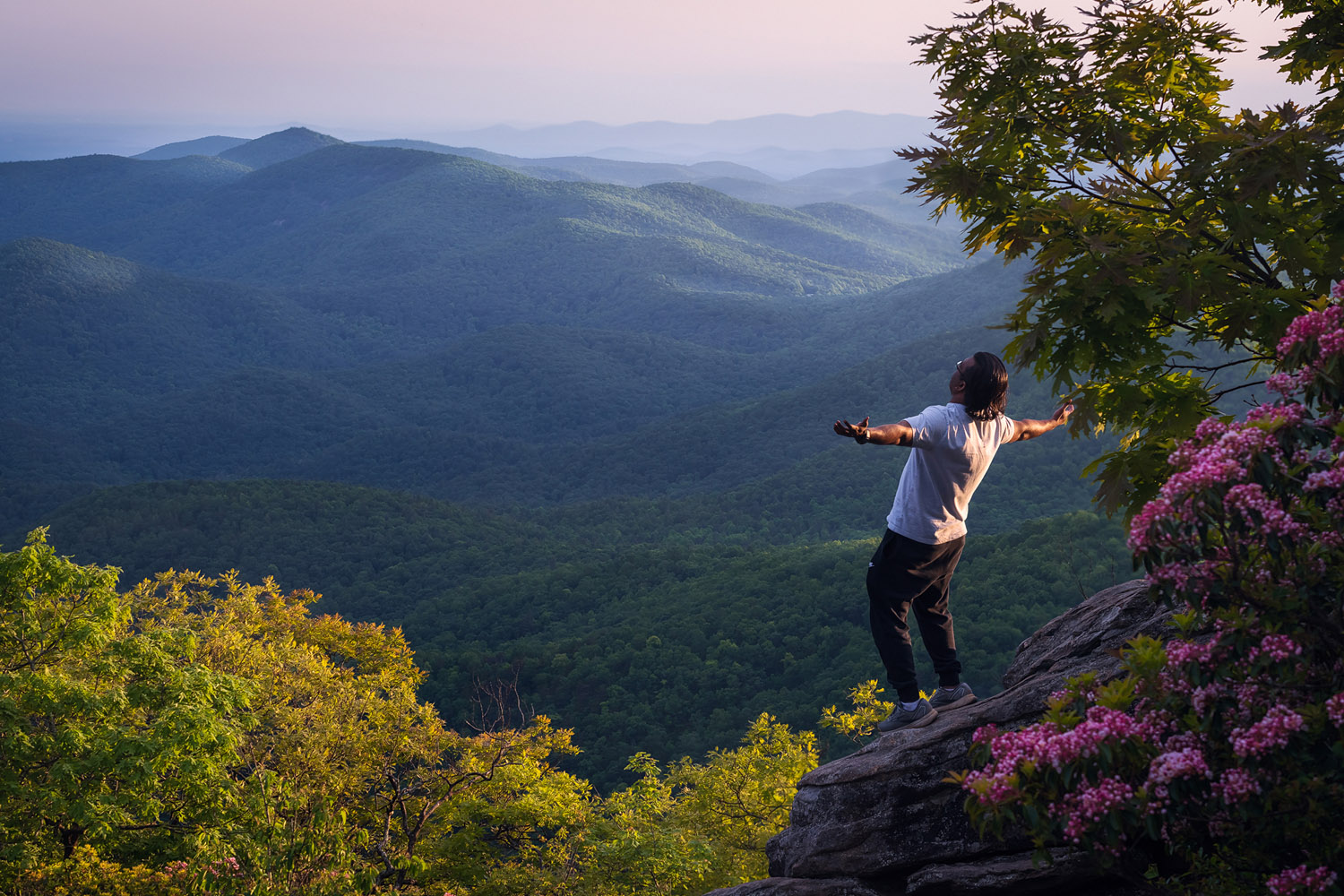
You have shot at a wide variety of locations in the Desert Southwest regions, what do you think makes the area so unique for photographers?
The road trip through the Four Corners where the states Arizona, Utah, New Mexico and Colorado meet is the most life-changing adventure there is in the Desert Southwest. The journey takes you on a big loop called the Grand Circle and unveils a very diverse landscape, from winding rivers to ravine canyons, rugged badlands to spectacular red rock formations. Often referred to as the Colorado Plateau, the area is heaven for landscape photography. Every turn presents endless opportunities for photography enthusiasts to capture the beauty of this magical landscape. The Desert Southwest boasts a rich habitat for a variety of birds, reptiles and mammals, making it both a challenging and rewarding venue for wildlife photography.
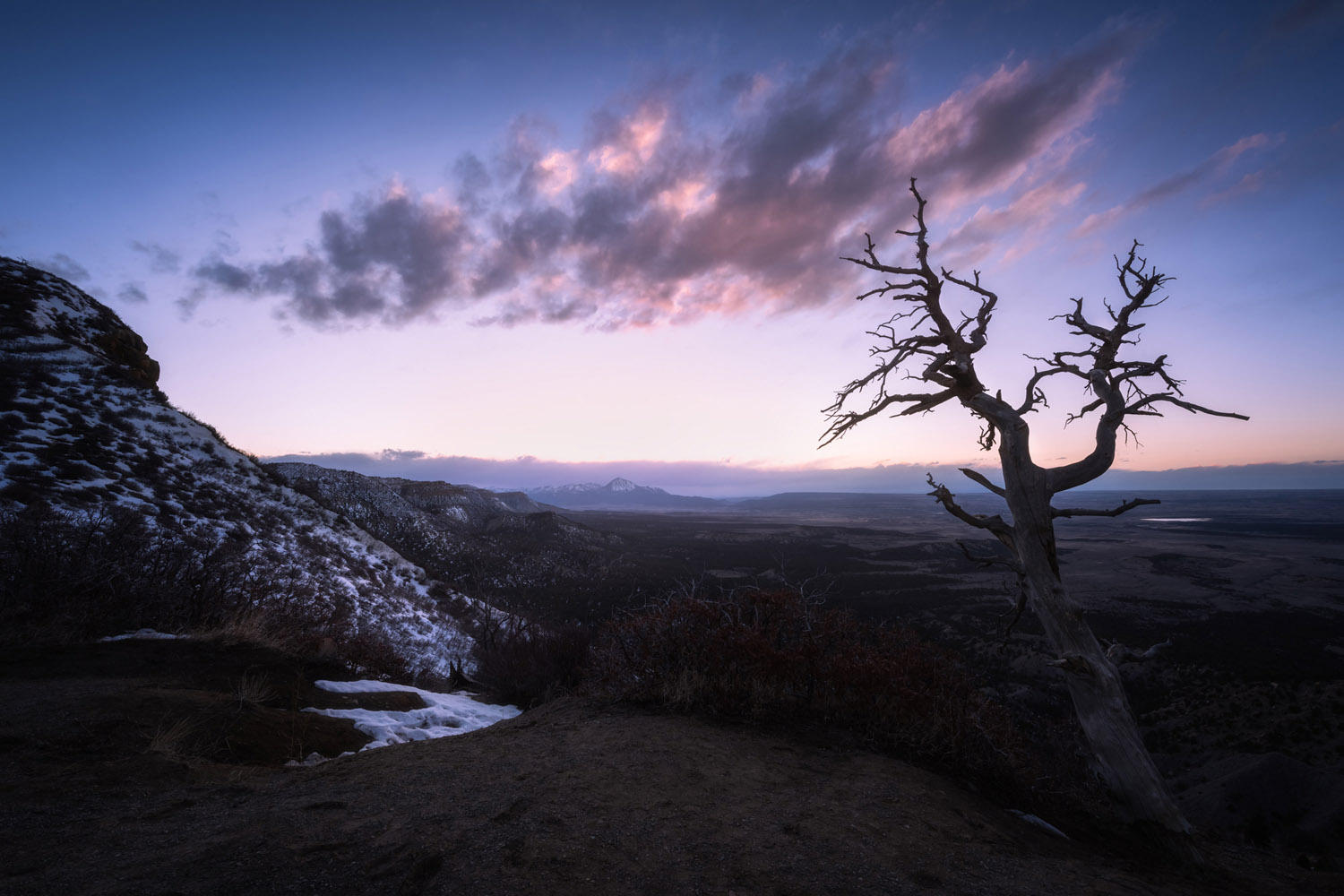
Furthermore, the Colorado Plateau is also known for its dark, star-filled night skies due to its high elevation and minimal light pollution. The region is home to many International Dark Sky places: Chaco Culture National Historical Park in New Mexico, Grand Canyon-Parashant National Monument in Arizona, Natural Bridges National Monument in Utah (the very first officially designated International Dark Sky Park in Utah), and Mesa Verde National Park in Colorado have some of the finest dark skies in the country.
Do you have two or three particular locations that you look on most fondly?
East Pocket (Edge of the World) in Flagstaff, Arizona. Standing on a cliff at the near edge of the world, in the heart of Coconino National Forest, surrounded by pine trees, watching the Perseid meteor shower is something I will remember for the rest of my life. The night was long and dark, with occasional shooting stars traversing the night sky, burning and blazing different green hues. The view of the world was like no other. [See below.]
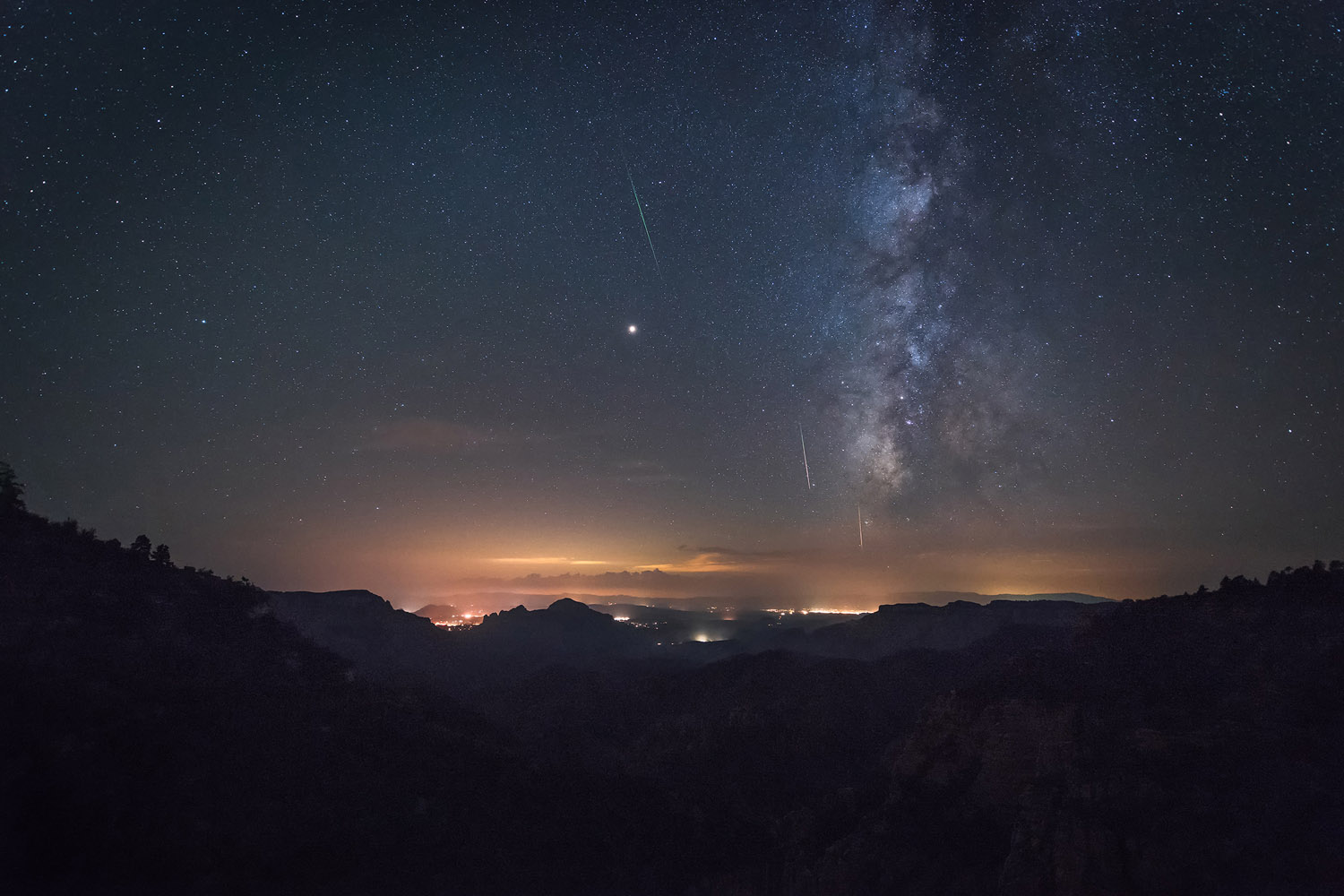
Brasstown Bald is the highest point in the state of Georgia. My early days of night sky photography started here, and Brasstown Bald will always hold a special place in my heart because of this. A two-hour drive away from the bustling city, I often sought solace here under the blanket of the night sky filled with thousands of stars. [See below.]
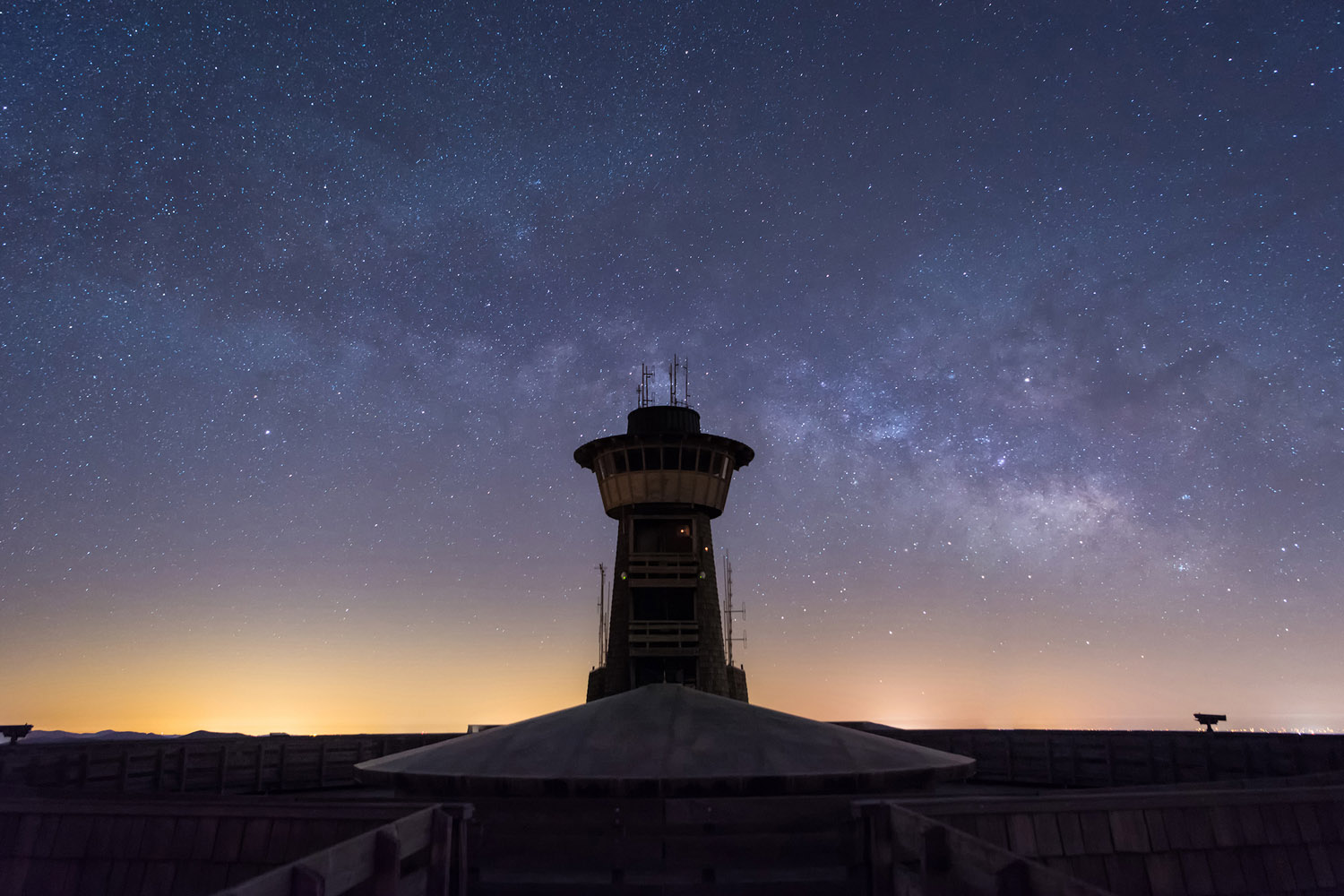
Have you had any strange or unusual experiences while on your shoots?
I’ve had many strange experiences, but one incident remains vivid in my memory. I was camping in the Appalachians in Georgia. The campground was located just a mile away from the summit of Springer Mountain, the southernmost tip of the Appalachian Trail. I woke early to hike up the rest of the trail to the summit in order to capture the sunrise. My legs were already sore after hiking seven miles the previous day to get to the campsite.
The forest was misty and mystical, with wildflower blooms in abundance. I couldn’t resist capturing spontaneous shots along the trail. Upon reaching the summit, I was met with a warning sign indicating aggressive bear activity. I ignored it and went up near the edge of the cliff.
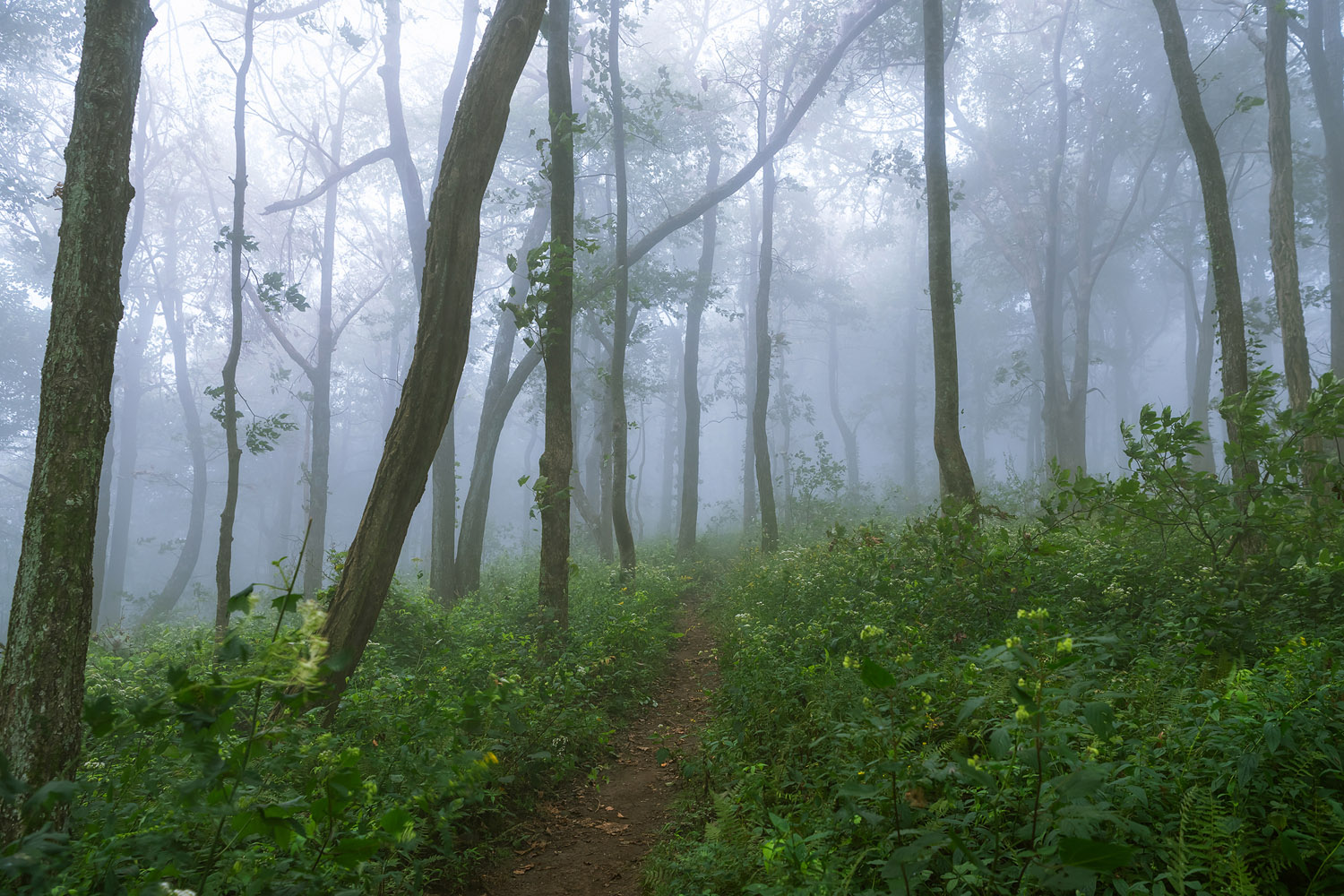
The thick mist enveloped everything, reducing visibility to zero. Alone in this eerie setting, I set up my gear and sat there composing shots of the trees. After about an hour of shooting, I started to gather my equipment and prepare myself for the hike back to the campground, when suddenly a black bear appeared behind me, staring me right in the eyes. I froze with fear. The bear was between me and the only way back to camp, and I couldn’t run the other way either. My heart pounded, and the thought of becoming a meal for the bear brought sweat down my brow.
The only thing in my hand was a tripod, and I held it tight, ready to fight to the death if the bear were to attack. I stood my ground and stared back intensely into the bear’s eyes for what felt like an eternity. I was ready to charge if it moved one step closer, but miraculously, it just turned around and disappeared back into the wilderness from whence it came. A wave of relief washed over me as I realised I had escaped unscathed, grateful to have another chance at life.
I know that one of the locations that you want to explore more is the Bisti Badlands. What makes this such an appealing challenge for you?
I was astonished by the sight of these otherworldly sandstone formations in Ah-Shi-Sle-Pah Wilderness, a Navajo Nation land in northwestern New Mexico, nestled between Chaco Canyon and Bisti De-Na-Zin Wilderness. In this remote area, there’s a field of hoodoos: rock formations that have been sculpted by relentless forces of wind and rain over thousands of years. The vast expanse of this desolate landscape takes one’s breath away, evoking Mother Nature’s artistic prowess. This is truly the valley of dreams, with the Alien Throne at its heart. The name is fitting! [See below.]
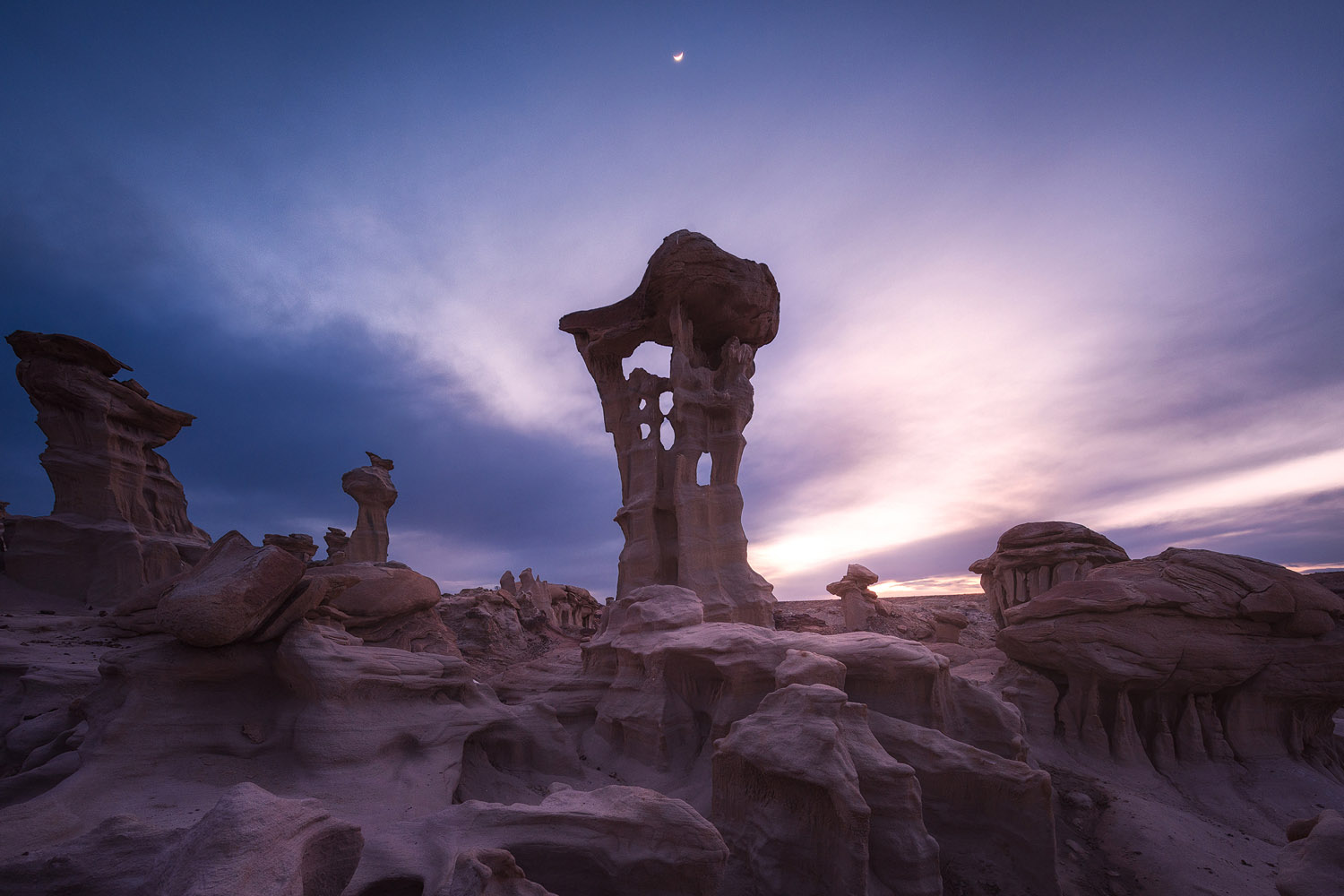
Getting here is not an easy feat. The remoteness and lack of trails posed a challenge, but I was undeterred. Using GPS coordinates, we navigated the dirt road until we reached the first rock formations, closest to the Valley of Dreams. From there we spotted the other hoodoos, and we hiked in that direction for about two miles. Alien Throne itself remained hidden amidst the otherworldly formations, and we had to explore around to find it. Once there, a sense of accomplishment washed over us – but the mission wasn’t complete. We waited patiently for the sun’s descent so that we could capture this stunning rock formation against the backdrop of the setting sun. The sky was adorned with gathering clouds, and the sun played hide-and-seek. At blue hour, we witnessed one of the most stunning sunsets imaginable, and our camera shutters clicked incessantly.
Aside from the beauty of the images, your work is also important for highlighting the importance of the environment and how truly precious it is. Is this important to you to try and raise more awareness through your work?
Throughout history, photography has played an integral role in effecting positive change in our world. Renowned photographer Ansel Adams is widely recognized for portraying dramatic and significant natural subjects. His photographs of US national parks played an important part in driving the American conservation movement. In 1938, Ansel Adams created a limited-edition book entitled Sierra Nevada: The John Muir Trail, which played a pivotal role in the designation of Sequoia and Kings Canyon as national parks.
Another powerful example is the groundbreaking work of National Geographic photographer Hugo Van Lawick, whose iconic photographs of chimpanzees interacting with Dr Jane Goodall sparked a revolution in environmental conservation. Likewise, Paul Nicklen’s striking photographs of emaciated polar bears amid melting glaciers have heightened awareness around the urgency to tackle climate change. These are just a few of the countless success stories of accomplished photographers creating positive change through their art.
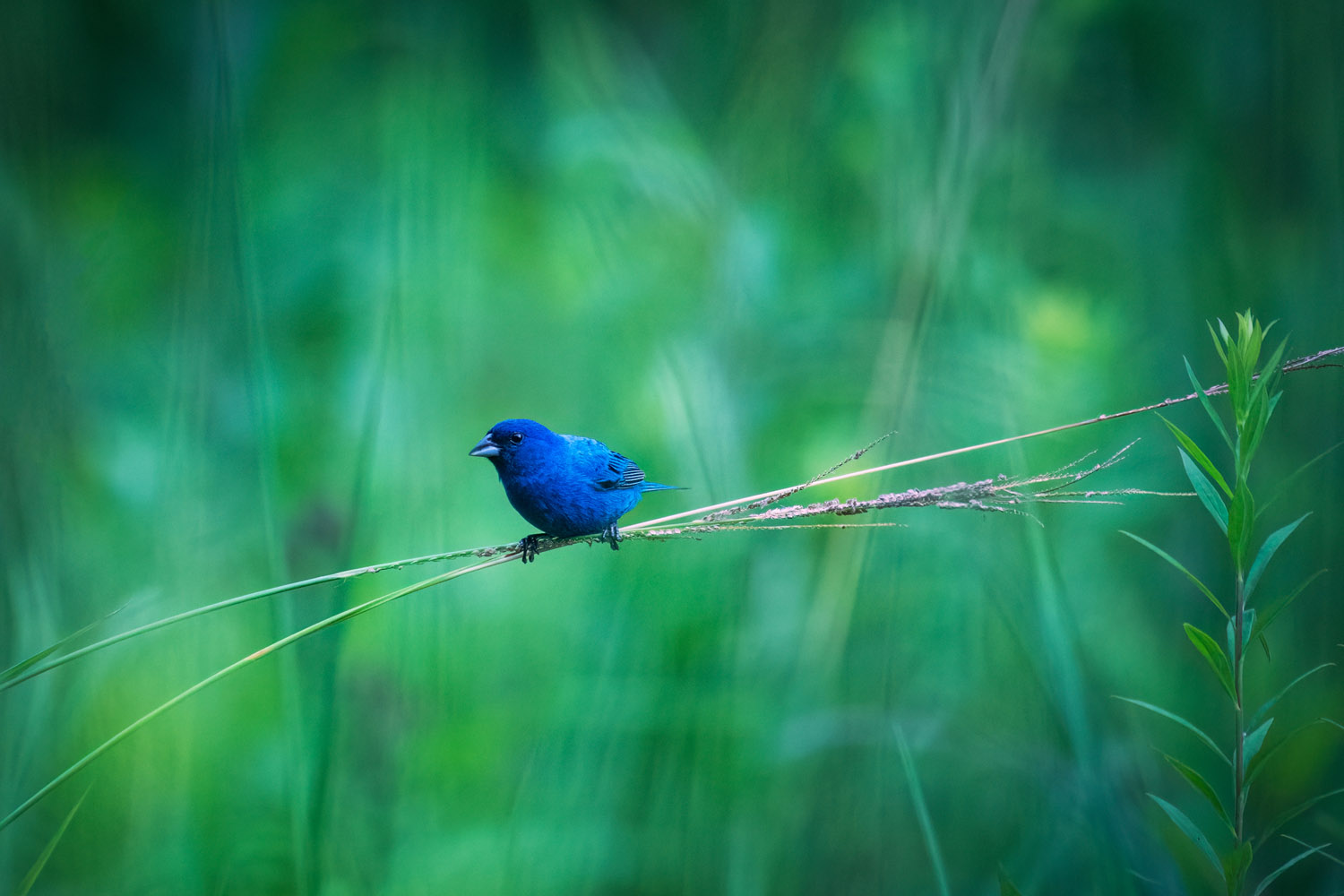
Today, we face ongoing environmental challenges such as climate change, land overdevelopment, deforestation, pollution and other anthropogenic factors that imperil wildlife and habitats worldwide. Nature photography has deepened my understanding of our planet, its delicate ecosystem, and our interconnectedness with the natural world. It is crucial that we learn to coexist with wildlife as we all share the earth’s resources. I feel it is equally important to take on the responsibility of sharing this knowledge, and I aim to raise awareness, promote conservation and safeguard wildlife through my images and art.
How do you feel when you photograph a pristine night sky without any light pollution? It must inspire profound emotions and thoughts that wouldn’t arise in an urban environment.
A starry night is one of the most magical wonders of nature. Yet artificial sky glow from cities robs 80% of the world and over 99% of the US and EU populations of this experience. True darkness has become a rarity for most, diminishing our connection to the natural beauty of the night sky.
Photographing a pristine night sky devoid of light pollution evokes a sense of serenity and wonder within me. It fills me with deep appreciation for the beauty of darkness, and the vastness of the universe is a reminder that we are but an infinitesimal speck in front of the majesty of nature.
I have spent endless nights in the mountains. I always look up to the stars to find solace under the tapestry of celestial beauty.
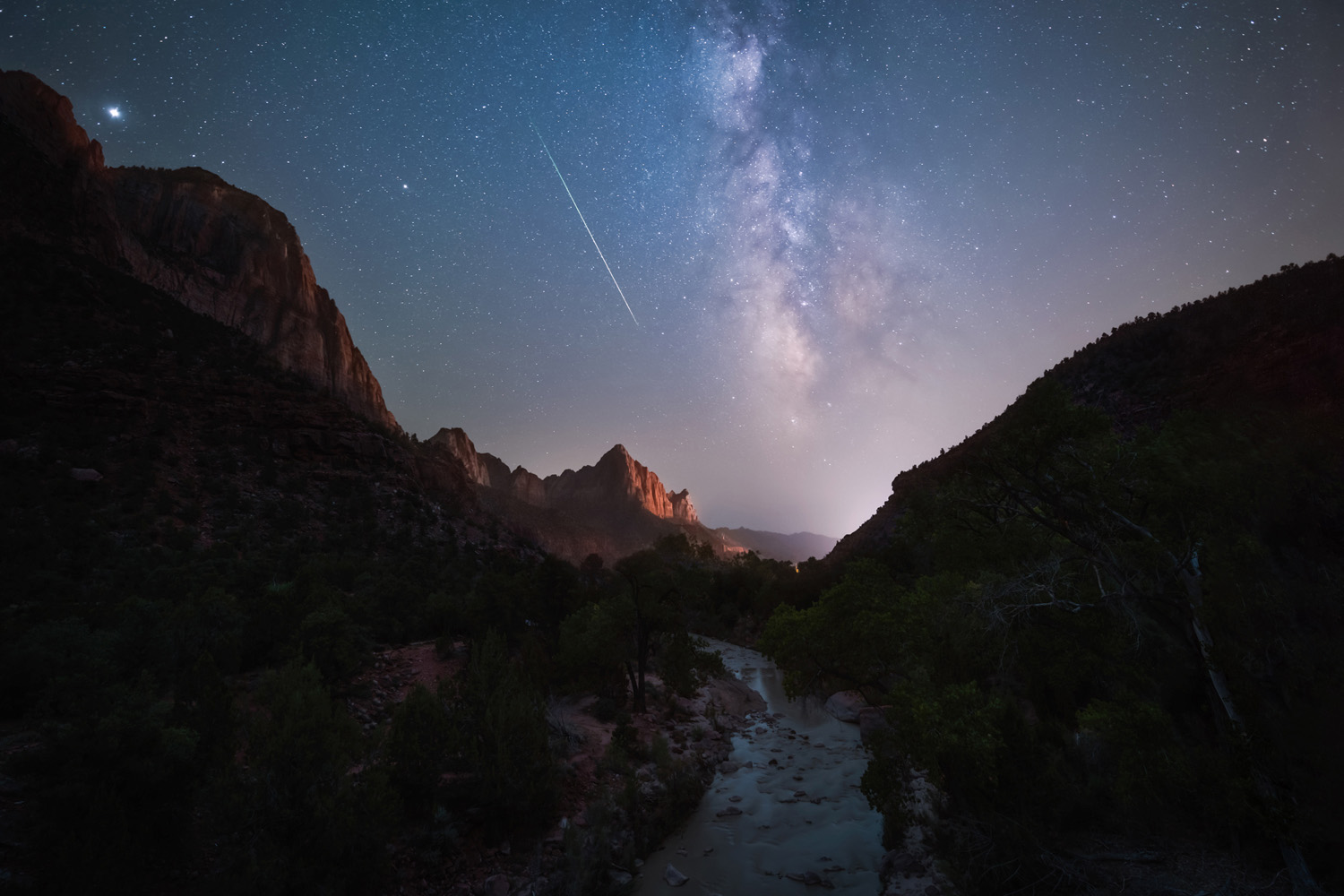
The sheer brilliance of the stars, the ethereal glow of the Milky Way, and the mesmerising dance of celestial objects all create a magical atmosphere. Observing these mysterious moments from the remote corners of the earth fuels my passion for capturing the untouched beauty of the night sky through my lens.
In this digital age, where almost everyone is emotionally and physically entangled with mobile screens, we need only look up for the biggest screen filled with stars and galaxies. A cosmically mesmerising screen, with infinite scrolls and endless reels.
Finally, how would you like to develop your photography further? Do you have a plan for the future?
I want to focus on conservation and be a compelling advocate for the protection of land, night skies, and endangered species – working on projects to create something beautiful and impactful, either personally or in close collaboration with conservation organisations, to promote a good cause. Recently, I have been working with a few nonprofit organisations on various conservation projects such as the International Dark-Sky Association (IDA) and Trees Atlanta. I am also an IDA delegate for the State of Georgia, USA.
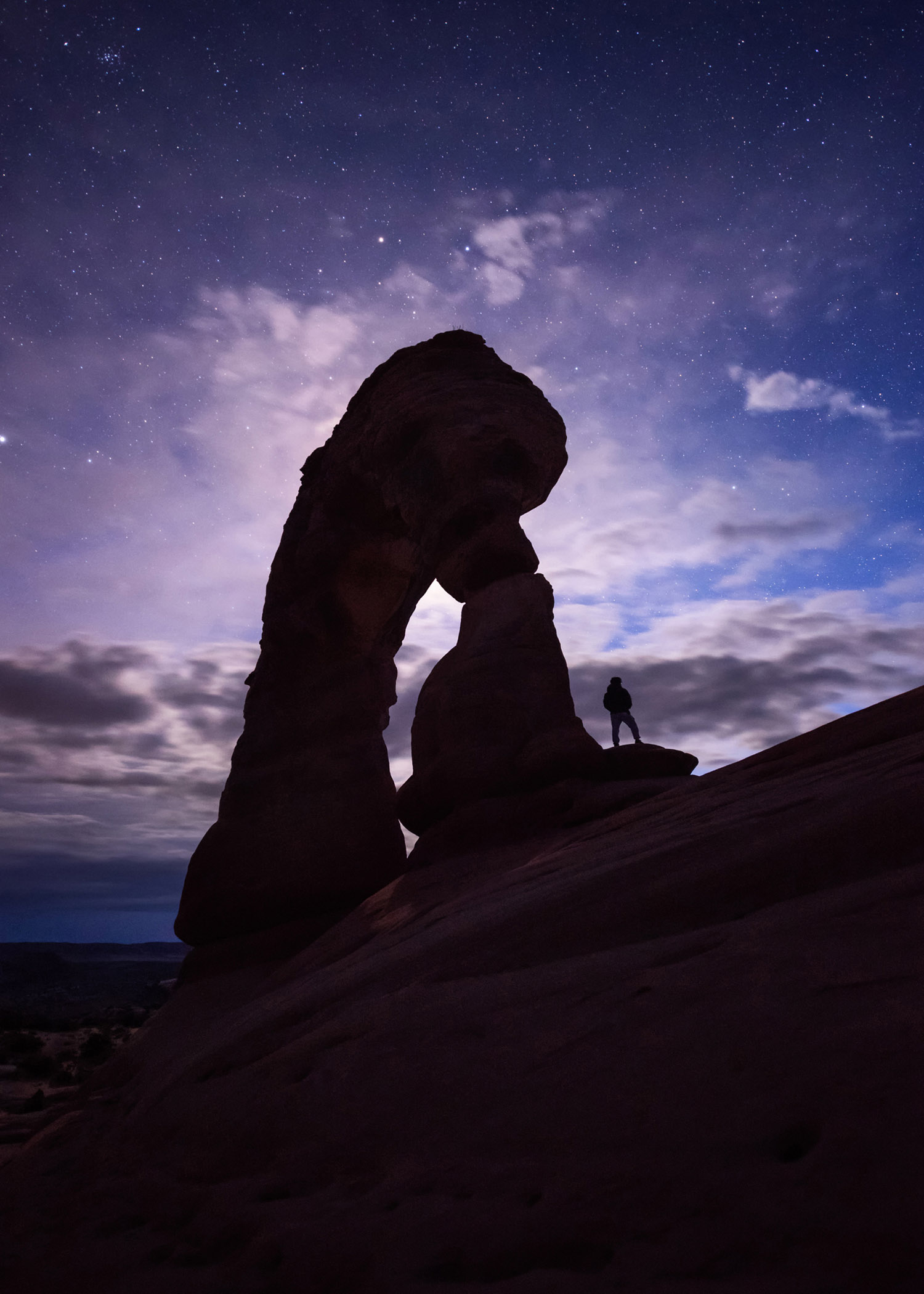
Photography is like a heartbeat or a breath to me. I dream of filming a documentary in the rainforests, photographing the impact of climate change in the Arctic, capturing wildebeest migrations in Tanzania, and writing a bestseller someday.
Some people travel to see. I travel to explore the world with eyes half-closed on the camera’s viewfinder.
DISCOVER MORE
If you are curious to know more about Prashant’s photography adventures, check out his blog at naikonpixels.com. He also regularly shares new creations and stories on his Facebook and Instagram channels. While he is yet to fully dip his toes into the vlogging world, you can still watch all of his exciting videos on his YouTube channel.

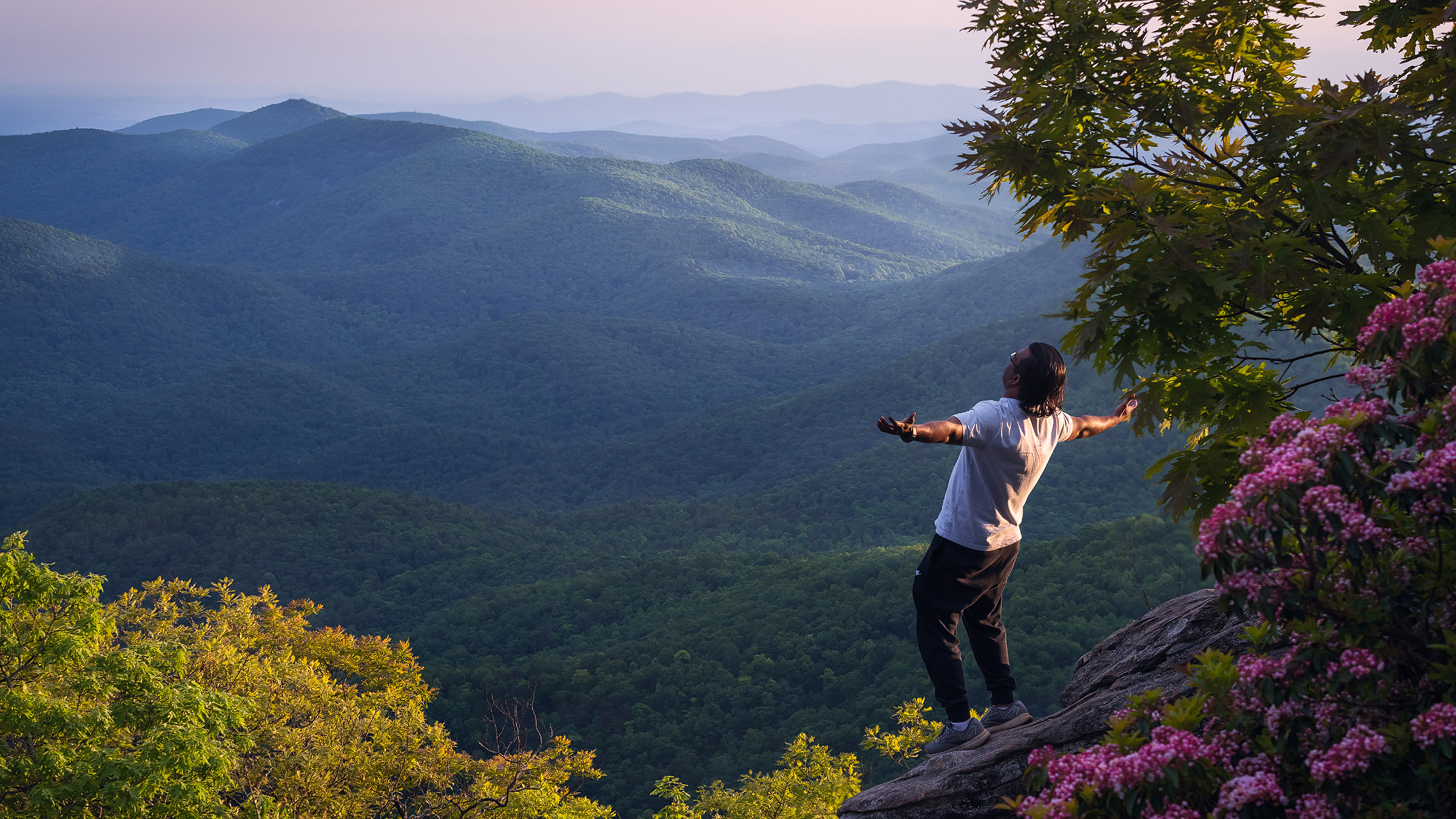
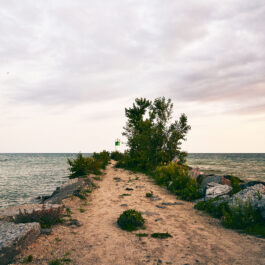


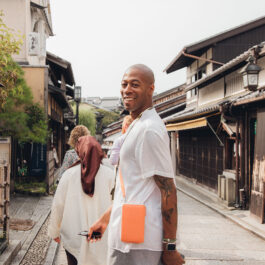
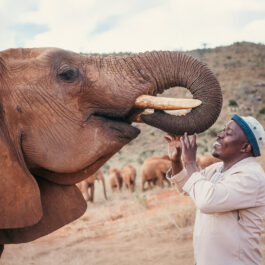

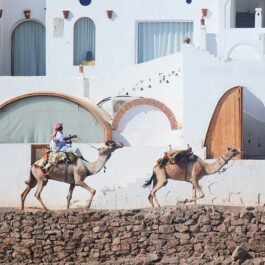


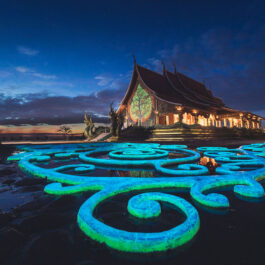
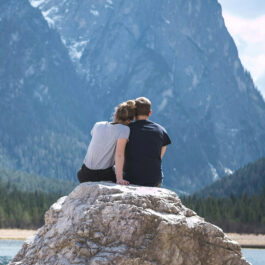

Sorry, the comment form is closed at this time.